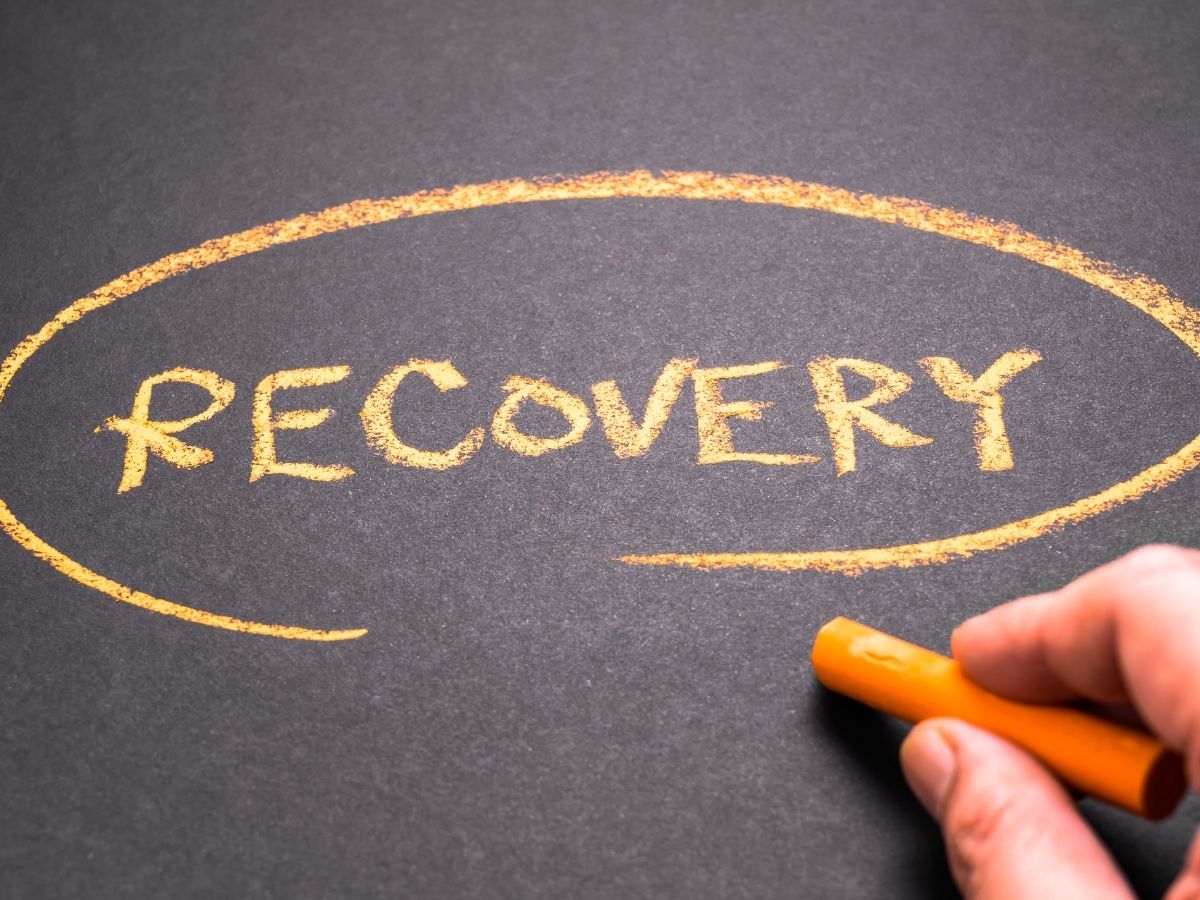
Recovery isn’t about laziness—it’s about strategy. Taking a day off doesn’t mean lying on the couch; it means giving your body space to adapt and rebuild. Active recovery days help you bounce back faster, move better, and train harder long-term.
1. What Is Active Recovery?
Active recovery involves low-intensity movement that boosts circulation and relieves stiffness without stressing your muscles.
Examples include:
- Walking or light cycling
- Stretching or yoga
- Swimming
- Bodyweight mobility flows
It’s the opposite of total rest—but still promotes healing.
2. The Science Behind It
Light movement increases blood flow to muscles, bringing in oxygen and nutrients that speed up recovery. It also removes metabolic byproducts (like lactic acid) that cause soreness.
Studies show athletes who include active recovery between intense sessions have less fatigue and perform better in subsequent workouts.
3. When to Use Active Recovery
Use active recovery when:
- You feel sore but not injured
- Energy is low, but you want to stay moving
- You’re between heavy training days
Example: heavy leg day Friday → brisk walk or yoga Saturday.
4. What to Avoid
Avoid high-impact or heavy-load exercises on recovery days. If your heart rate stays above Zone 2 for long, it’s not recovery anymore—it’s another workout.
5. Active Recovery Day Routine Example
- 10–15 min walk (outdoors or treadmill)
- Mobility work: shoulder circles, hip openers, cat-cow
- Stretching: hamstrings, quads, and glutes
- Optional: 5–10 min core stability or breathing work
Key Takeaway
Rest is not wasted time—it’s how your body grows stronger. Move gently on recovery days to improve performance, reduce soreness, and maintain consistency without burning out.
